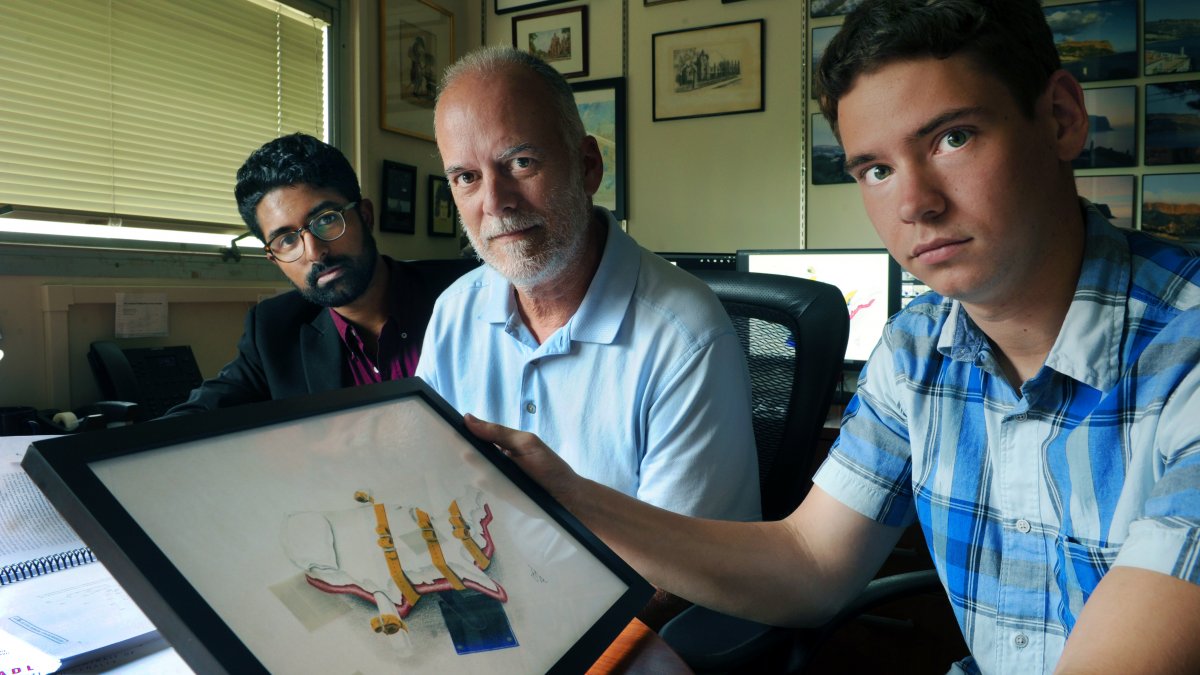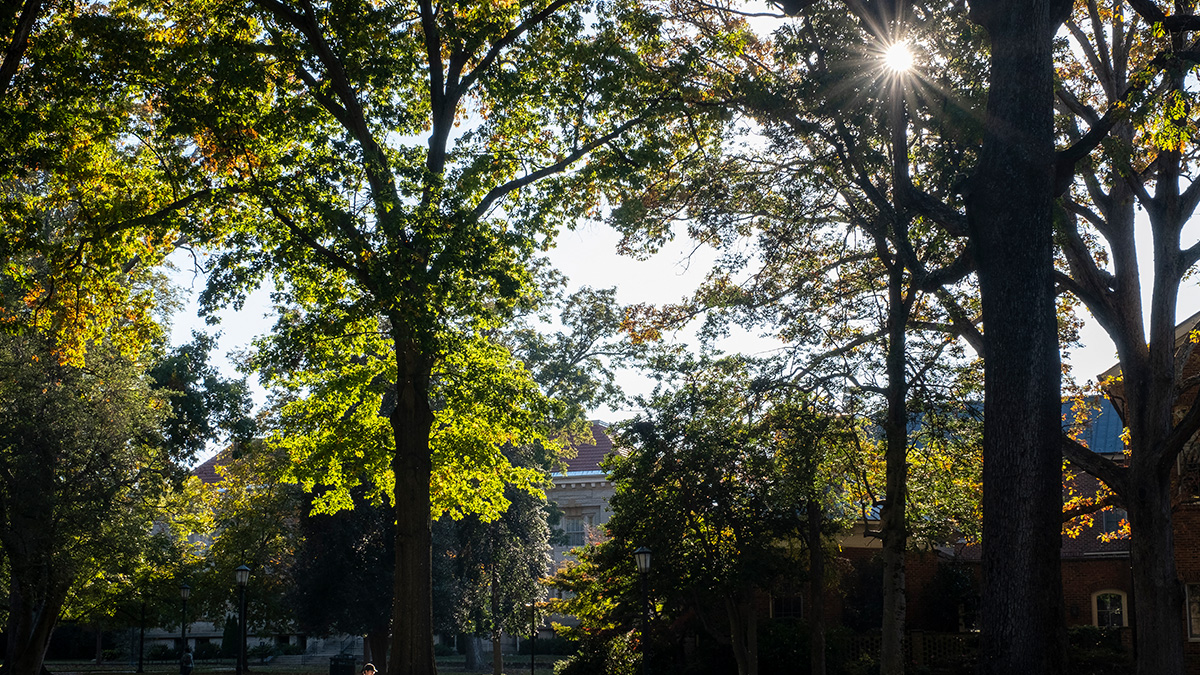Engaging brilliant minds in research
Carolina professor Frank Baumgartner invited undergraduates to help him write his most recent book.

UNC-Chapel Hill political scientist Frank Baumgartner makes a strong case in the epilogue of his new book about the importance of involving undergraduate students in research.
“At one of the nation’s best public universities, why would a professor not engage these brilliant minds into the world of research and social impact?” he writes.
Baumgartner, the Richard J. Richardson Distinguished Professor of Political Science in the College of Arts & Sciences, practices what he preaches. The four co-authors of Deadly Justice: A Statistical Portrait of the Death Penalty (Oxford University Press, October 2017) — Marty Davidson, Kaneesha R. Johnson, Arvind Krishnamurthy and Colin P. Wilson — all worked on the book with Baumgartner when they were Carolina undergraduates. Other undergraduate students worked on individual chapters.
“They’re smart and able to do great work,” Baumgartner said. “With this book, students got their hands dirty with data collection, seeing the difficulties of doing high-quality social science and the importance of getting things right. They got a crash introduction into research, and most of them loved the experience.”
In fact, for many, the experience sparked an interest in pursuing graduate studies in political science.
“Frank Baumgartner’s dedication to allow undergrads to engage in research and to trust them to write a book with him is pretty incredible,” said Johnson, who graduated from UNC-Chapel Hill in May 2016 and is pursuing a Ph.D. in political science at Harvard University. “It gave me great confidence going into my graduate program.”
The book is a comprehensive examination of 40 years of the death penalty, since 1976. That year a U.S. Supreme Court decision, Gregg v. Georgia, overturned a 1972 decision, Furman v. Georgia, that had invalidated all existing death penalty laws. The 1976 ruling declared the death penalty to be constitutional if it complied with certain provisions designed to ensure that it was reserved for the “worst of the worst.”
Each chapter examines a specific issue such as costs associated with the death penalty, the role mental illness plays, which jurisdictions execute, methods of execution and how often death sentences are overturned. It provides statistical evidence, not opinion, about how the “modern” death penalty has functioned.
Many of the students who worked on the book took multiple classes with Baumgartner, starting with “Race, Innocence and the End of the Death Penalty.” In that class, Baumgartner created a distinguished speaker series that featured death penalty attorneys, exonerated former inmates, leaders of social justice organizations, prison mental health professionals, former prison wardens and more.
In fall 2015, Baumgartner invited a small group of students to take “Advanced Undergraduate Seminar: The Death Penalty,” which focused on crafting the book.
“Before, when I thought about research, I thought of an esoteric, ivory tower endeavor,” said Krishnamurthy, who graduated from UNC-Chapel Hill in December 2016 and entered the Ph.D. program in political science at Duke University this fall. “This experience showed me that being in academia, I can still make a difference in the world.”
Read a longer story at the College of Arts and Sciences website.




